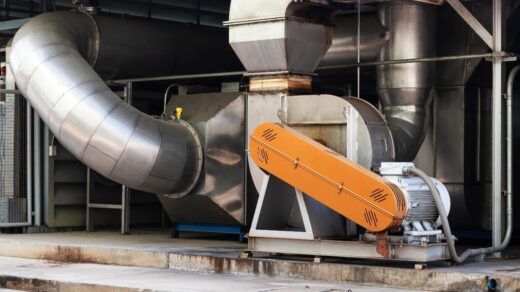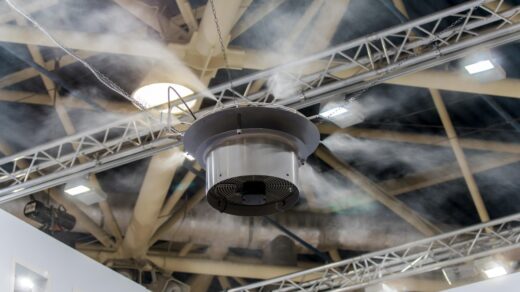When it comes to workplace safety, hand protection is a critical yet often overlooked component. Whether you’re working with heavy machinery, handling hazardous materials, or operating power tools, impact gloves play a vital role in safeguarding your hands from injuries. These specialized gloves are designed to protect against a variety of hazards, including blunt force impacts, cuts, abrasions, and even vibration-related disorders. Global Industrial reviews the essential factors to consider when selecting the best impact gloves for your needs.
Understanding the Need for Impact Gloves
Impact gloves are engineered to protect the back of the hands, including knuckles and fingers, from injuries caused by sudden impacts, heavy tools, and machinery. They are particularly important in industries such as construction, manufacturing, oil and gas, and mining, where workers are frequently exposed to hazardous conditions. The right gloves can not only prevent injuries but also enhance overall efficiency by improving grip and reducing hand fatigue.
Key Features to Look For
- Back-of-Hand Protection
One of the most critical features of impact gloves is their ability to protect the back of your hands. Look for gloves equipped with ThermoPlastic Rubber (TPR) or other similar materials that can absorb and disperse impact forces. These protective elements shield vulnerable areas from crushing or blunt force injuries, ensuring your hands stay safe in high-risk environments.
- Cut and Abrasion Resistance
In addition to impact protection, many tasks require gloves with enhanced resistance to cuts and abrasions. Materials such as Kevlar or high-performance polyethylene (HPPE) are commonly used to provide this additional layer of safety. When working with sharp tools or materials, this feature can be a game-changer.
- Vibration Dampening
For those using power tools or heavy machinery, gloves with vibration-dampening properties are essential. Prolonged exposure to vibrations can lead to hand-arm vibration syndrome (HAVS), a condition that causes numbness, tingling, and even long-term damage to nerves and blood vessels. Specialized padding in the gloves helps reduce these risks, ensuring both comfort and safety.
- Thermal and Chemical Resistance
If your work involves exposure to extreme temperatures or hazardous chemicals, opt for gloves with thermal insulation or chemical-resistant coatings. These features provide protection against burns, frostbite, and chemical exposure, making them suitable for a wide range of industrial applications.
- Grip and Dexterity
Grip and dexterity are critical for maintaining control and precision in your tasks. Gloves with specialized coatings—such as nitrile, latex, or polyurethane—offer enhanced grip and abrasion resistance. Choose the material and grip pattern that best suits your specific needs, whether it’s handling oily materials or ensuring a firm hold on dry surfaces.
Matching Gloves to Your Industry Different industries have unique safety requirements, and



